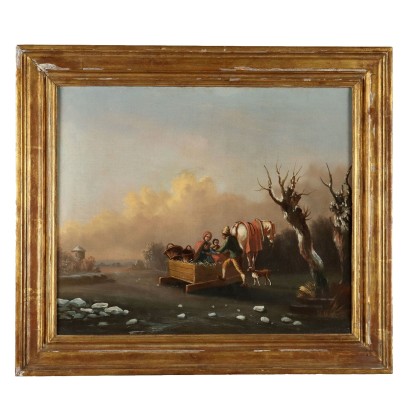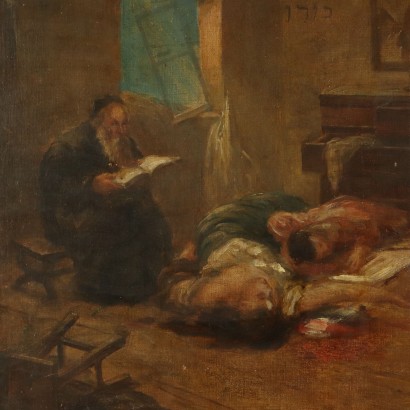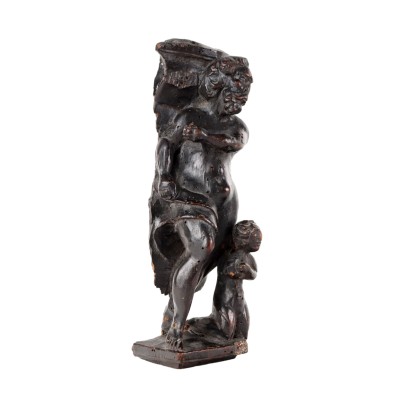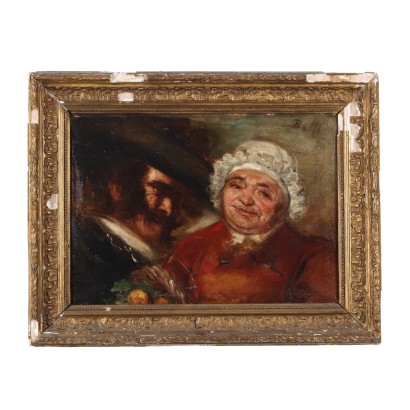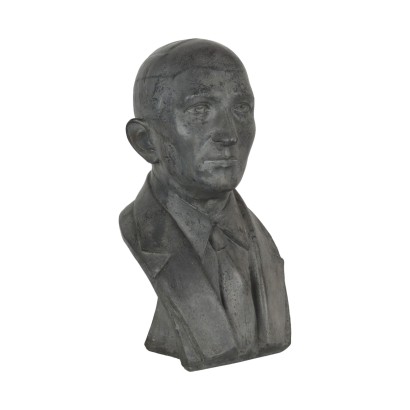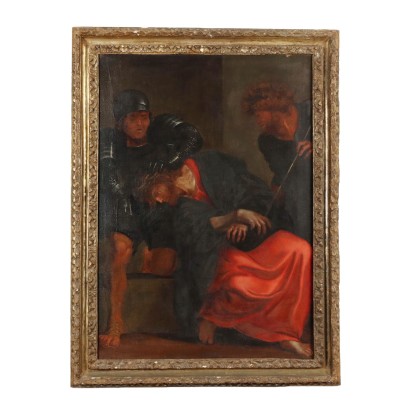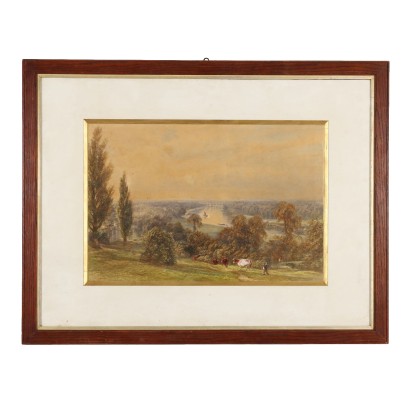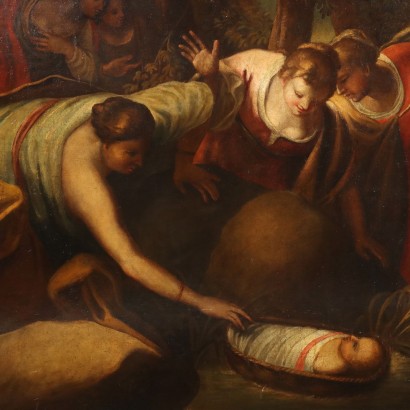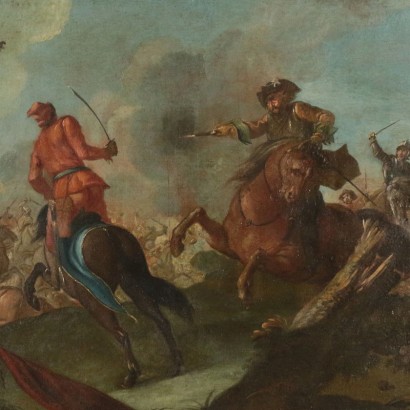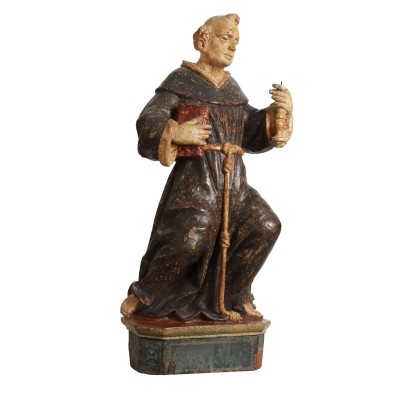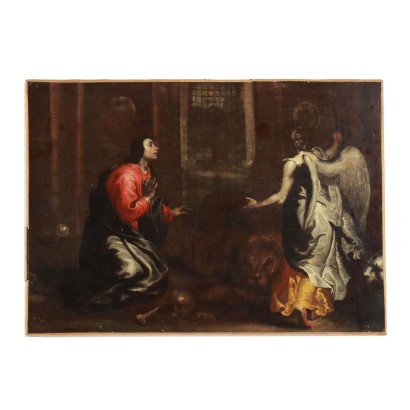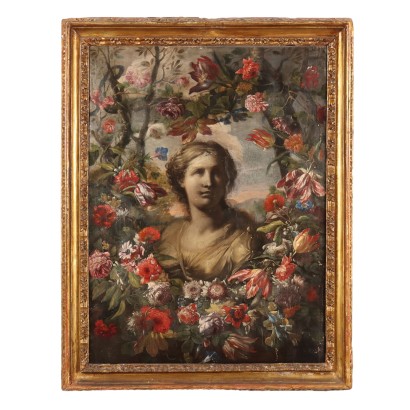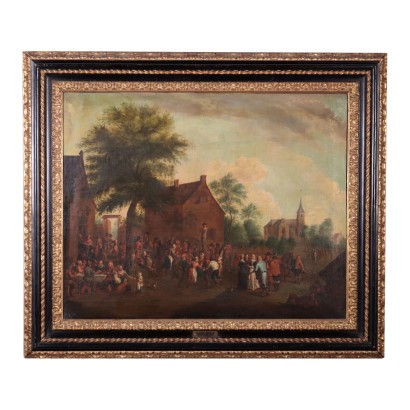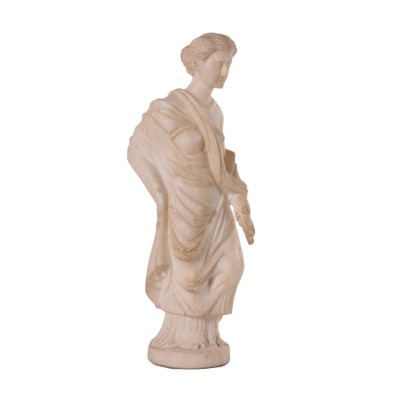Promozione Arte
Promozione Arte
Dal 4 febbraio al 13 aprile una selezione di arte scontata del 30% e 50%
N.B. I prodotti pubblicati in questa pagina saranno in promozione a partire dal 4 aprile
Leggi tutto
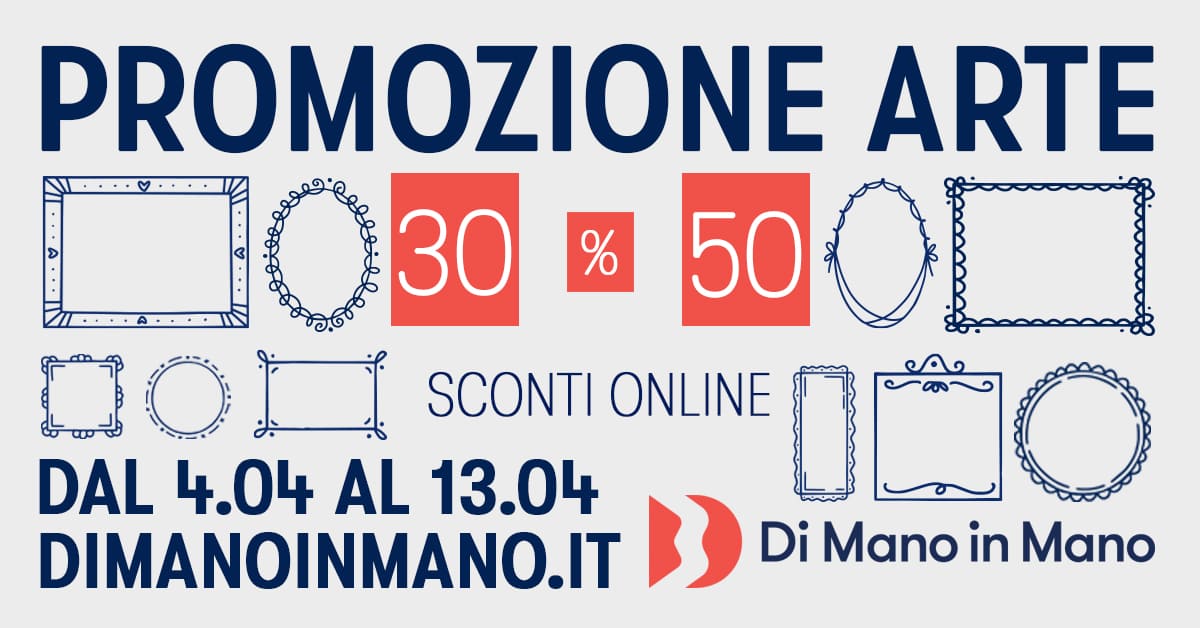
Dal 4 al 13 aprile, immergiti nel mondo dell'arte con una promozione imperdibile!
Approfitta di sconti del 30% e del 50% su una selezione di dipinti e oggetti d'arte.
Se ami l'arte e vuoi donare un tocco unico ai tuoi ambienti, questa è l’occasione perfetta per te.
Dalla pittura antica all’arte contemporanea, con opere che spaziano dall’ottocento al novecento, ogni pezzo racconta una storia e trasforma la tua casa in un capolavoro.
Non lasciarti sfuggire queste offerte irripetibili: lasciati ispirare dalla magia dell’arte.
Per informazioni e contatti:
Infoline:02 95 349 193
Cell:334 638 48 04
Mail:assistenzaclienti@dimanoinmano.it
Sort by

